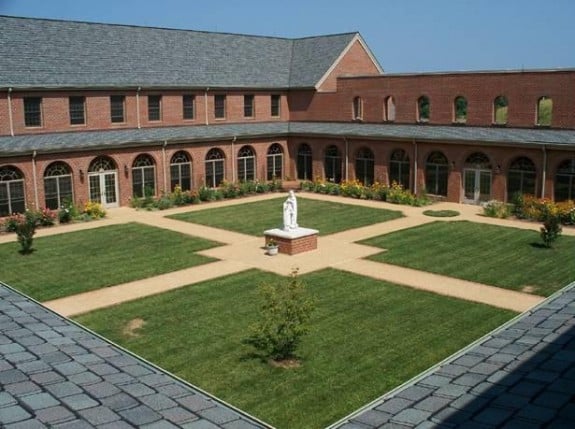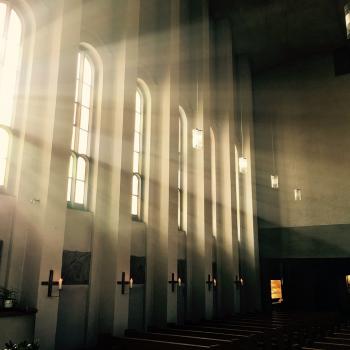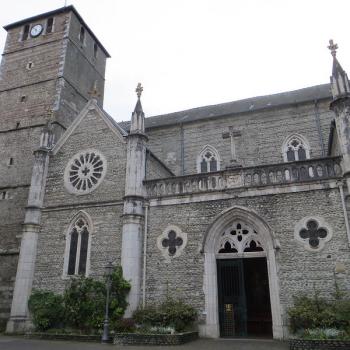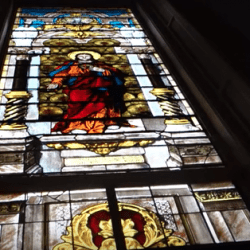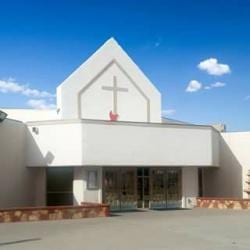In the waves of turbulence that rippled throughout the Catholic Church in the 1970s, the nuns of St. Dominic’s Monastery found themselves forced to leave their longtime home in Wisconsin in search of a new one.
The nuns moved to a temporary residence in Washington, D.C., while looking for a permanent setting conducive to the cloistered, contemplative life they sought to lead. It would be more than two decades before they found one. When they did, it was what may seem a most unlikely place: the rural northeast of Virginia, considered one of the Protestant Bible Belt states of the South.
The story of St. Dominic’s Monastery’s southern move may be the story of U.S. Catholicism. New data shows that some of the fastest growing dioceses in the country are deep in the U.S. South.
The third fastest developing diocese is Atlanta, which saw the number of registered parishioners explode from nearly 322,000 in 2002 to one million in 2012 — an increase of more than twofold, according to the Center for Applied Research in the Apostolate at Georgetown University. Atlanta also has the largest Eucharistic Congress in the country, with an annual attendance of about 30,000, according to an archdiocesan official.
Atlanta is not alone. Charleston has seen a 50% increase in parishioners over the last decade. Charlotte grew by a third, as did Little Rock. The Diocese of Knoxville, established just 25 years ago, is now the 25th fastest growing in the nation — and would rank near the top if those official figures counted as many as 60,000 unregistered Hispanic congregants, according to a diocesan official.
Dioceses like Knoxville stand in stark contrast to former Catholic strongholds like Boston and Philadelphia where parish consolidations, school closures, and dwindling priests are the norm.
“Instead of us closing parishes and closing schools, we’re doing the opposite. We’re in total growth mode,” said Deacon Sean Smith, chancellor for the Diocese of Knoxville.

